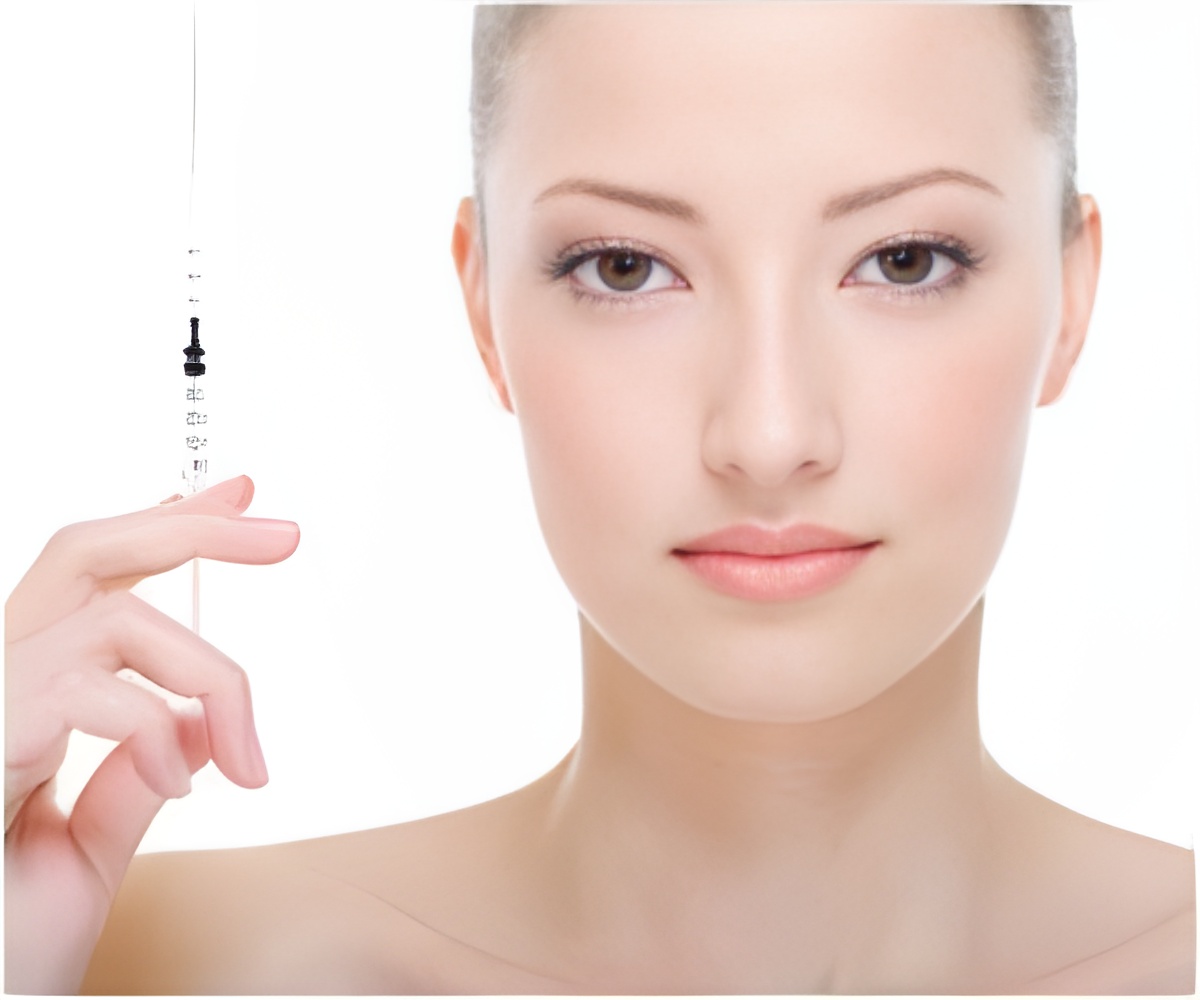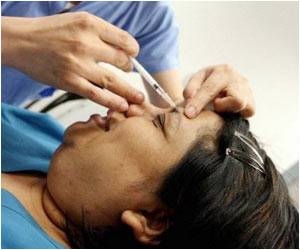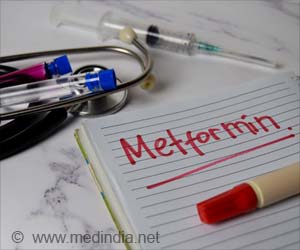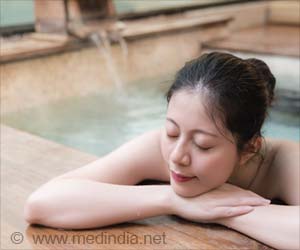
"LaViv is the first and only personalized aesthetic cell therapy approved by the FDA for the improvement of the appearance of moderate to severe nasolabial fold wrinkles in adults," a company statement said.
"In clinical trials, laViv was well tolerated with the majority of adverse events being injection-site reactions that were of mild to moderate intensity and resolved within one week."
The company has a patent on a process of extracting and multiplying a person's skin cells known as fibroblasts, which are responsible for making collagen, the protein that keeps skin firm and resilient.
Fibrocell said the FDA approval came after two phase III randomized, double blind trials of 421 patients who received either laViv or a placebo in three three treatments about five weeks apart.
Those trials showed laViv "effectively improved the appearance of nasolabial fold wrinkles," the company said.
Advertisement
In the other, 45 percent of patients receiving laViv thought they looked better afterward, compared to 18 percent in the control group.
Advertisement
The most common side effects were redness, pain, swelling or bruising at the injection site, the company said.
Further studies are necessary to see how long the treatment lasts. The follow-up studies to date have only spanned six months.
Doctors take a sample of cells from behind a patient's ear and send those cells to a lab where scientists replicate hundreds of millions of fibroblasts and freeze them until they are needed for treatment, a process that takes about 90 days.
"The concept of using a patient's own collagen-making cells is a revolutionary way to help treat nasolabial fold wrinkles and help restore a fresh appearance," said Robert A. Weiss, a clinical professor at Johns Hopkins School of Medicine one of the investigators on the trials.
"Since this is a biological process that works over time, laViv is able to provide gradual and natural-looking results."
Source-AFP













